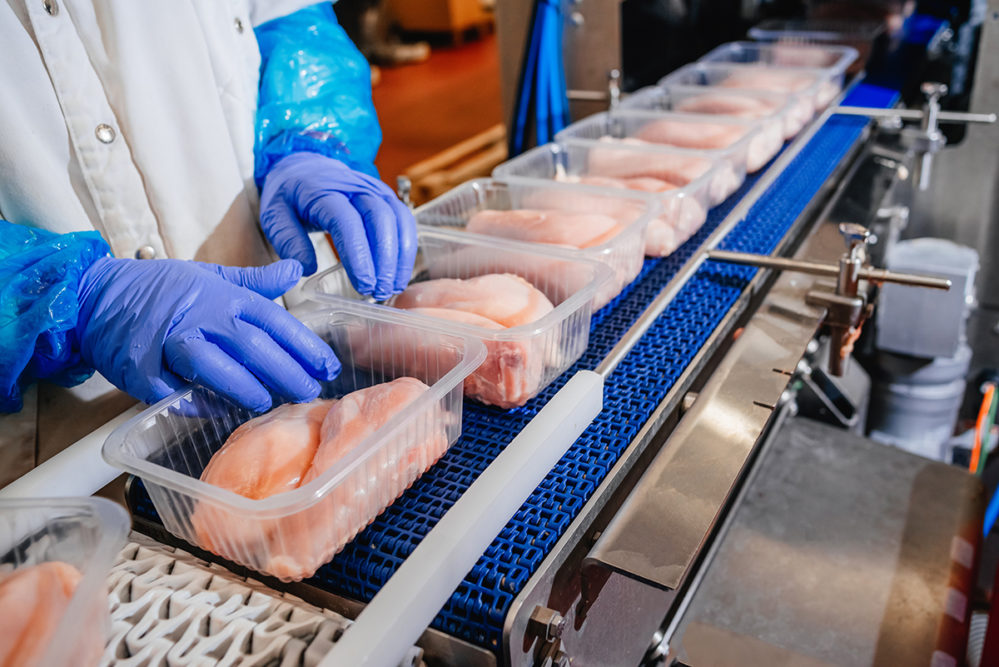UTRECHT, NETHERLANDS — In an updated outlook Rabobank’s poultry report for Q1 2024 expects conditions in the segment to be a moderately positive year.
Analysts from the financial services company forecasted 1.5% to 2% growth for next year.
Lower input costs should lead to lower-priced chicken and help stimulate chicken consumption in 2024. Rabobank explained it was a sign of recovery compared to 2023 when growth was only 1.1%. The expected growth in markets will come from Southeast Asia, the Middle East and Latin America.
Senior analyst of Animal Protein at Rabobank, Nan-Dirk Mulder, stated that producers will need to keep balancing supply growth with relatively slow demand growth, especially in the United States, Thailand, Indonesia, and most recently, China and the European Union, which are struggling with oversupply.
Rabobank added that consumers would remain sensitive to prices because of weak economic context and pressure to supply affordable products to customers via price-driven channels.
“In this context, poultry will continue to benefit from downtrading in terms of meat type and product category,” the report said. “But as wages have increasingly risen in line with earlier inflation, value-based market opportunities will gradually return as consumer price inflation lowers. Nevertheless, price-driven markets will be an ongoing challenge for producers in 2024, as the industry will still face relatively high costs and potential volatility.”
During 2024, feed costs are expected to move slightly lower. However, ongoing global geopolitical issues like the war in Ukraine, the Middle East conflict, and weather events could still be factors along with oil and gas prices.
The group also added that the fast growth in global trade over the last two years has started to slow.
“Trade will not be easy but will keep growing, mainly in raw chicken meat, and the market will gradually recover on improving consumer spending power in several key markets, like the EU, UK, and US,” the report said.
Later in the analysis, Rabobank recognized the effect avian influenza could have on the poultry market during 2024, especially since it has already impacted production and trade in the United States and Europe.
Throughout the United States, Canada and Mexico, cases in commercial farms, particularly in turkeys and layers, continue to be reported during the winter months. In Europe, there have been cases in production countries including the United Kingdom, the Netherlands, Germany, Denmark, France and Hungary.
“These relatively early outbreaks in the Northern Hemisphere winter season should be a major wake-up call for the industry to keep biosecurity at its highest level,” Mulder said.
The report stated that with the steady price-driven market context with high and volatile input costs and avian influenza risks, producers should concentrate on efficiency, procurement and biosecurity. However, improving spending power should enhance demand for more premium and value-added products.

